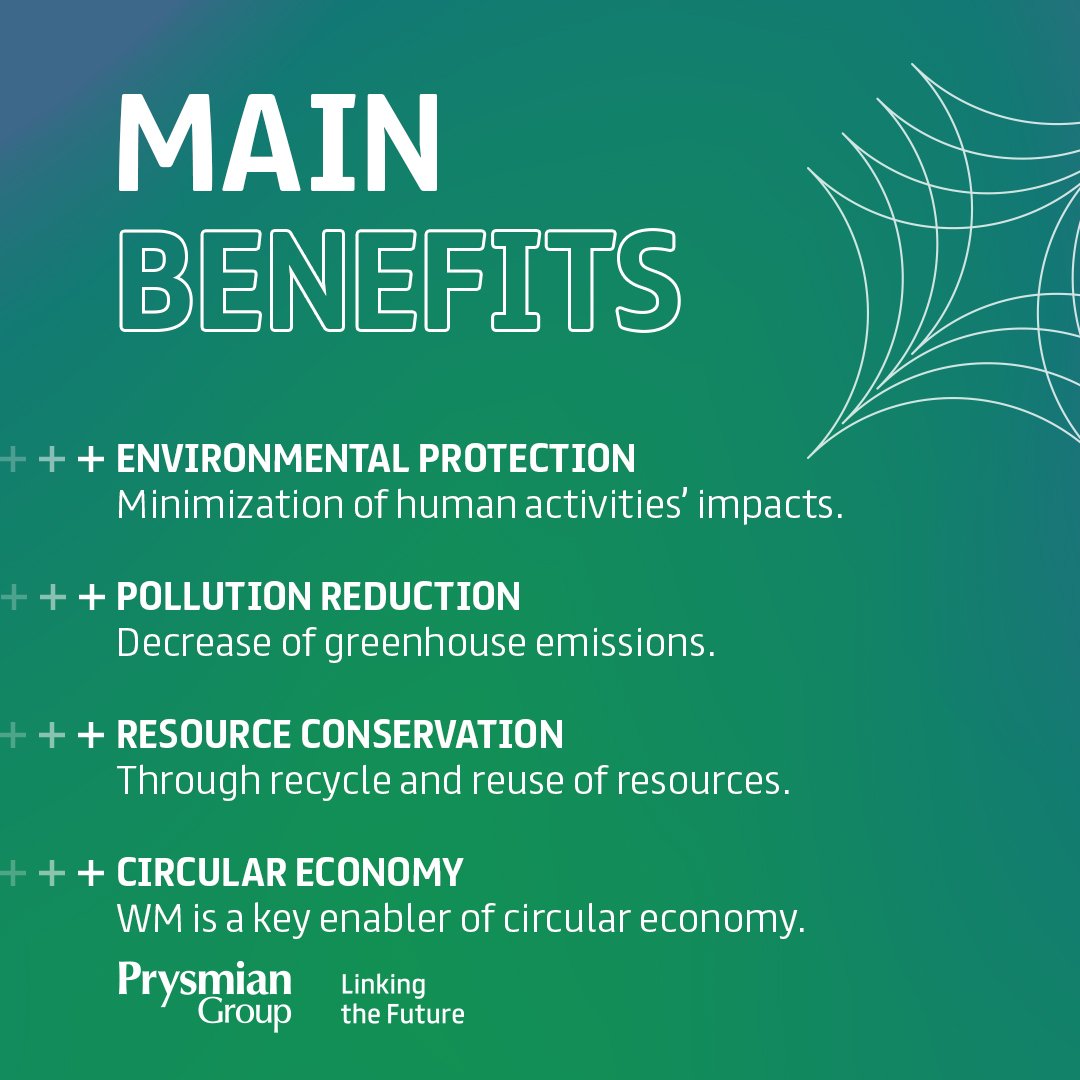Reclaim Waste for Dummies
Reclaim Waste for Dummies
Blog Article
The 7-Minute Rule for Reclaim Waste
Table of ContentsReclaim Waste Can Be Fun For AnyoneLittle Known Facts About Reclaim Waste.Excitement About Reclaim WasteTop Guidelines Of Reclaim WasteSome Ideas on Reclaim Waste You Should Know
Domestic sewer waste refers to the waste and products from a residential septic storage tank. The appropriate management and disposal of domestic sewage waste call for liquid waste to be transferred to a sewer treatment plant where the proper techniques and devices are used to purify and dispose of waste.
Industrial waste usually includes possible hazards, such as combustible products or a combination of liquid and strong waste items, and requires an advanced and comprehensive disposal procedure. The disposal of business waste generally entails the filtration of waste before transport to make sure safe and appropriate disposal. Hazardous waste is produced from by-products and drainage of commercial processes and manufacturing.
This type of waste can not make use of the very same sewer administration transportation or processes as septic or business liquids. The industrial waste management procedure calls for the assessment and screening of fluid waste before it undergoes the disposal procedure (liquid waste disposal melbourne). Runoff waste is the liquid waste that comes from drainage and excess stormwater in very inhabited locations or cities
Runoff waste can create contamination and flooding if not managed effectively. Ensuring appropriate waste administration can prevent disasters and decrease environmental damage.
Reclaim Waste - An Overview
Contact PROS Solutions today to learn more about our waste monitoring and disposal services and the appropriate ways to take care of the fluid waste you create.
(https://padlet.com/leonaube33101/reclaim-waste-hw71hge954tsaxnp)Do you understand what takes place to your water when you draw the plug, purge the commode or drain pipes the cleaning maker? No? Well, it deserves recognizing. This supposed 'wastewater' is not only a vital source yet, after therapy, will be released to our land, waterways or the ocean. Made use of water from commodes, showers, bathrooms, kitchen sinks, laundries and commercial processes is understood as wastewater.

water used to cool down machinery or tidy plant and tools). Stormwater, a type of wastewater, is overflow that flows from farming and city areas such as roofing systems, parks, yards, roadways, courses and rain gutters into stormwater drains pipes, after rain. Stormwater streams neglected directly to regional creeks or rivers, ultimately reaching the sea.
Some Known Facts About Reclaim Waste.
In Queensland, a lot of wastewater is treated at sewer therapy plants. Wastewater is transferred from residential or industrial websites through a system of sewers and pump stations, understood as sewerage reticulation, to a sewage therapy plant.
The Department of Natural Resources recommends local governments regarding handling, operating and keeping sewage systems and treatment plants. In unsewered areas, city governments might require owners to mount specific or household sewage treatment systems to deal with site residential wastewater from commodes, cooking areas, bathrooms and laundries. The Department of Natural Resources authorizes the use of family systems when they are proven to be efficient.
In some brand-new communities, treatment of some stormwater to remove clutter, sand and gravel has started using gross pollutant traps. Wastewater treatment takes place in 4 stages: Eliminates solid matter.
Uses little living microorganisms understands as micro-organisms to break down and remove continuing to be liquified wastes and fine particles. Micro-organisms and wastes are included in the sludge.
A Biased View of Reclaim Waste
Nutrient elimination is not readily available at all sewage therapy plants due to the fact that it requires expensive specialist tools. Clear fluid effluent generated after therapy might still contain disease-causing micro-organisms - liquid waste disposal melbourne.

This typically suggests wastewater has to be treated or contaminants eliminated before it can be discharged to rivers. The majority of wastewater flows right into the sewerage system. Under the Act, city governments administer authorizations and permits for eco relevant tasks (Periods) involving wastewater releases that might have a regional influence. The department carries out authorizations and licences to ERAs including wastewater launches that could have a regional or statewide impact.
Getting The Reclaim Waste To Work
Surveillance gives factual information regarding water high quality and can validate that licence conditions are being met. The details gotten via tracking gives the basis for making water top quality decisions.
Report this page